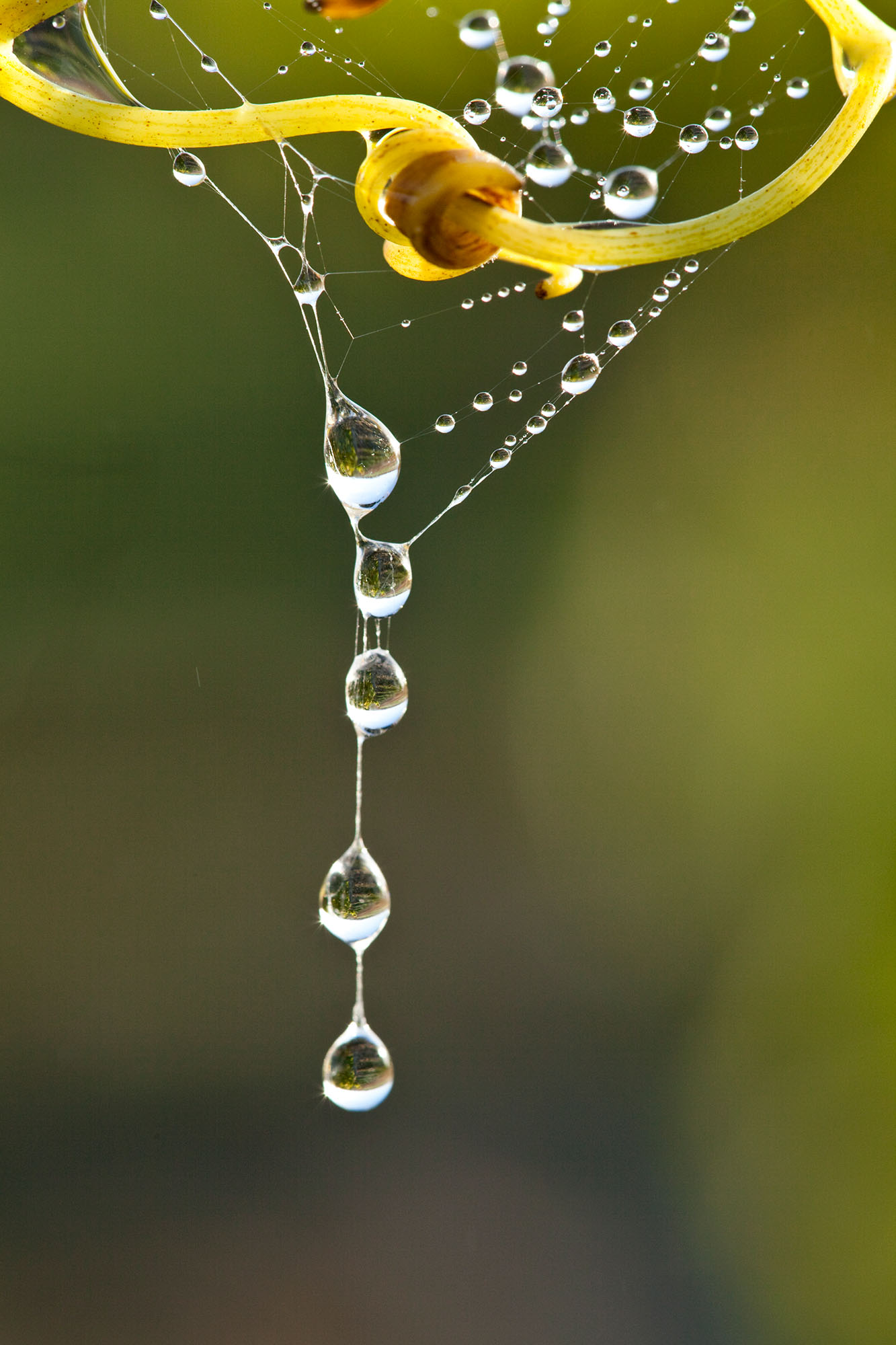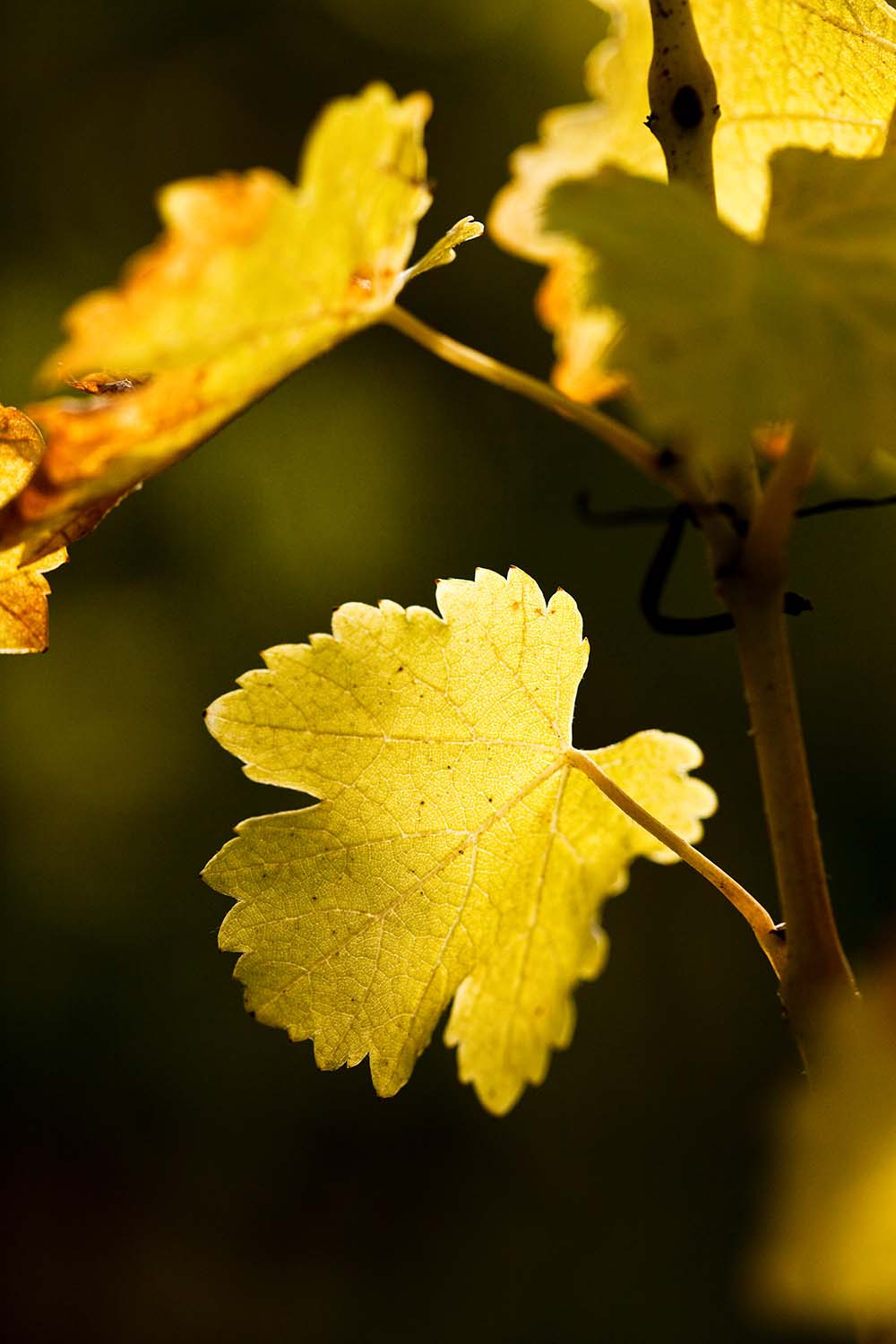In the Vines...
Best Practices
Our vineyard has been certified HVE level 3A (the highest level) since the 2019 vintage. This certification was obtained thanks to the implementation of a phytosanitary strategy more respectful of the environment and for biodiversity due to the presence of agro-ecological infrastructures “IAE” on our vineyard, including woodland edges, hedges, turnips, inter-row grassing.
On the ground, our field is already part of sustainable practices that go beyond the HVE3A Specifications.
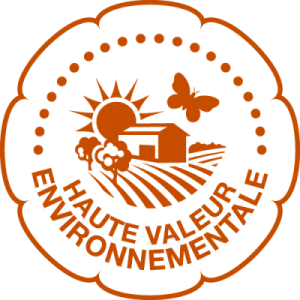

As Artisan-Winegrowers united with Nature, the Earth and our Terroirs, we seek to squeeze all the juice and safeguard all the flavors of grapes at perfect maturity, while striving to preserve our water resources and produce minimal waste.
The Domaine Landrat-Guyollot, cultivates its vines as we do the fruits of our orchard and the vegetables of our garden:
- without pesticides,
- without herbicides,
- without synthetic fertilizers,
- and in respect of biodiversity.
Listening
The Landrat-Guyollot estate nurtures a desire for precise work that will stand the test of time.
This work is carried out with a quality that can be summarized in these three keywords: «Observe, Listen, Act». Based on the observation of the proper development of natural processes in order to best support the vine throughout its vegetative cycle, it consists of enhancing each type of parcel through appropriate technical choices.
Through demanding and environmentally friendly cultural practices, we focus on the concentration of the grapes and the preservation of a healthy condition for the plant and fruit.
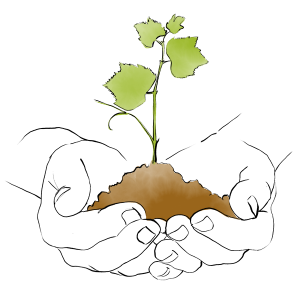
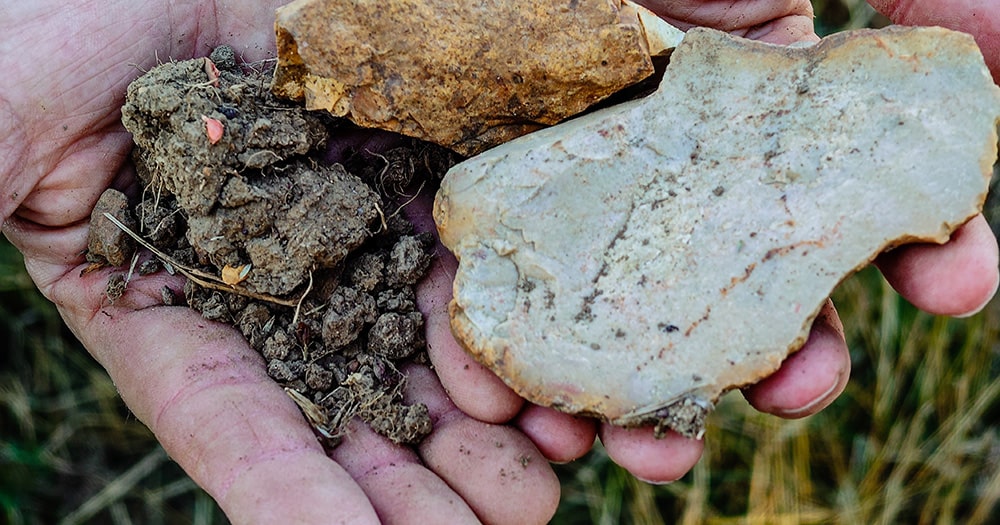
From the original soil, we preserve the imprint on our wines
“Wine is the memory of the soil that produced it:
it has the unique power to communicate the taste of its original land.”
Colette
So that this originality and this link can be fully expressed, we practice:
- the cultivation processes in Burgundy (hilling, ploughing back, clod breaking, working and hoeing the top layer)
which allowed us to promote deep rooting, decompacting the soil to keep it alive, and to free ourselves from chemical weeding;
- use of a controlled supply of organic fertilizers
to stimulate microbial life essential for the formation of humus and the assimilation of minerals from the subsoil
- the control of vigor by a short non-mutilating pruning (according to the principles of Guyot Poussard pruning) and by disbudding
which allows a better distribution of the fruit load on the vine, this to produce healthy grapes, perfectly ripe, with aromas of great typicity
- the use of ‘sexual confusion’ in the vineyard areas most sensitive to grape worms
which allowed us to free ourselves from pesticides
- tasting of the grapes regularly during the maturation phase,
to determine the optimal maturity and thus decide the harvest date for each plot
- curetage (cutting) the dead and diseased part of the vine affected by Esca
much like a dentist treats a cavity, to prevent the disease from spreading, we thus preserve the lifespan of our plant material
- the annual replacement of vines too badly affected by wood disease (and on which curetage is no longer possible)
through exclusive use of Ceps Sicavac© ‘mass selection’ vines, it guarantees the best possible plant material, both in terms of sustainability and taste quality of the grapes produced.
During the entire cycle of the vine, we work closely with experts (oenologists, agronomists) to have an expert “second opinion” when making decisions.

